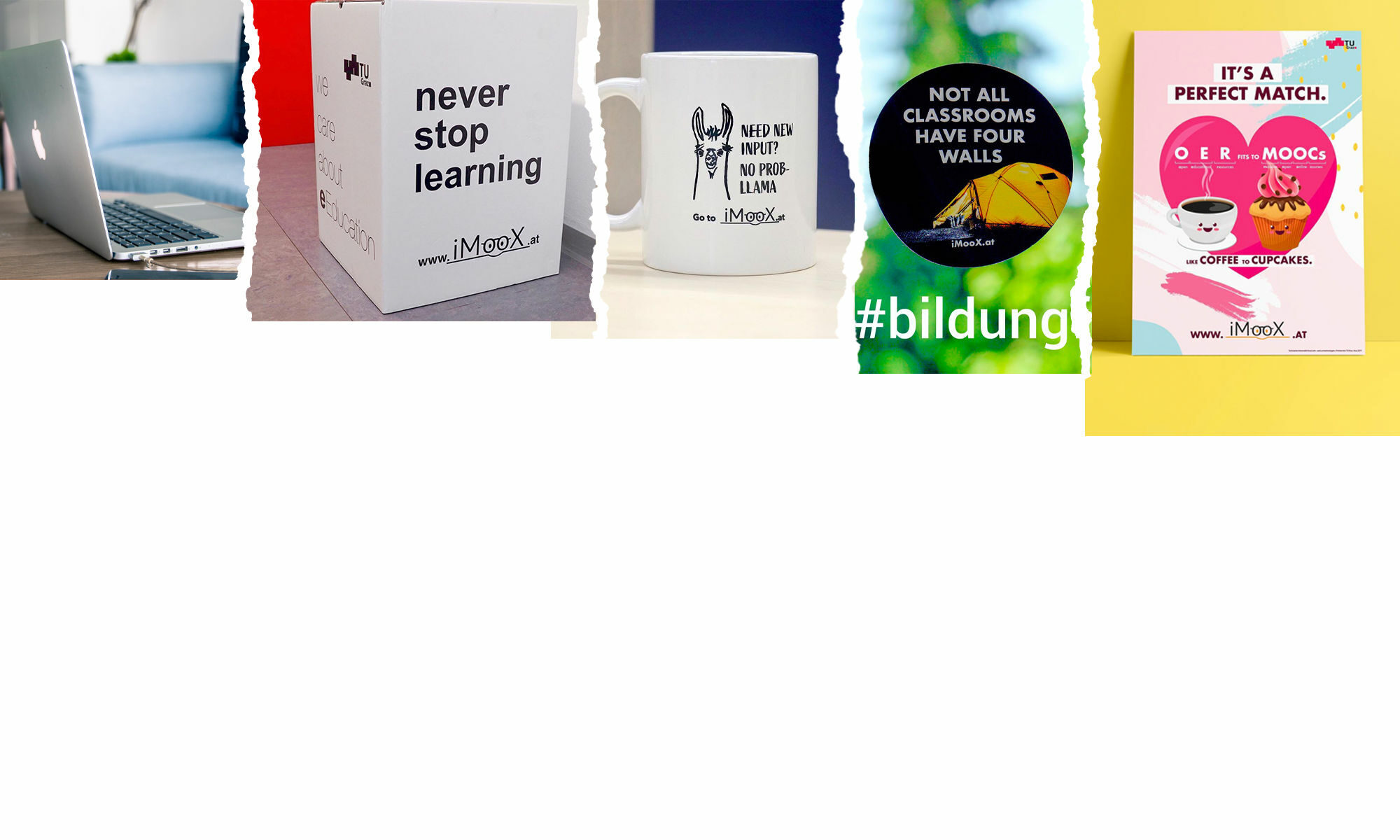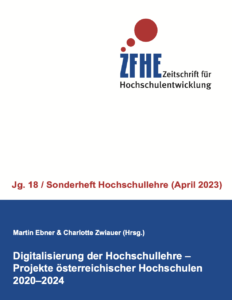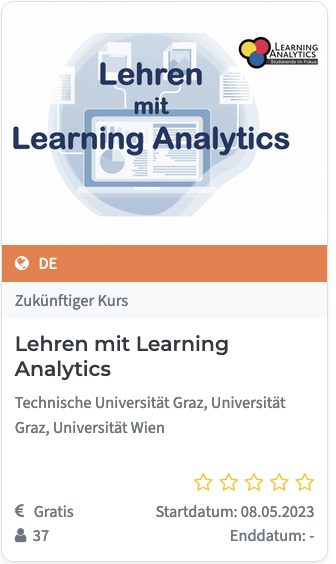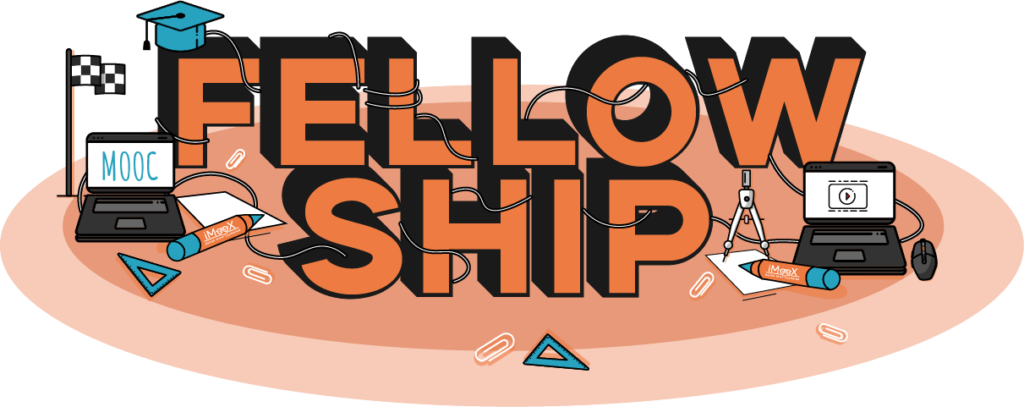We did a contribution to the HCII 2023 conference titled „Operationalising Transparency as an Integral Value of Learning Analytics Systems – From Ethical and Data Protection to Technical Design Requirements„. Now you can find the publication online:
Abstract:
With the rising complexity of technology and its introduction into educational settings, the question of trusting and designing trustworthy learning analytics (LA) systems has gained importance. Transparency is one of the values that can contribute to enhancing an LA system’s trustworthiness. It has been included and discussed as a separate core value or principle in many ethical frameworks for LA. Even though these frameworks provide valuable contributions, they are mostly limited to the conceptual level. Defining what transparency entails in the context of LA is an important aspect, nevertheless, the translation and operationalisation of such abstract concepts into technology should be equally considered.In this paper, we focus on the question of how transparency can be translated into concrete design requirements in order to enhance the trustworthiness of LA systems. We present a normative framework in the form of an interdisciplinary Criteria Catalogue for trustworthy LA, which consists of seven core areas, including transparency. Second, we demonstrate how transparency can be translated and operationalised into more specific and low-level elements by using an example of the Learners’ Corner LA dashboard developed within the project “Learning Analytics – Students in Focus”. Third, we share the results of a study conducted to better understand students’ information needs in relation to LA tools and evaluate our design choices for the introduction of three quick information buttons within the Learners’ Corner.
[publication @ book’s homepage]
[draft @ ResearchGate]
Rerference: Veljanova, H., Barreiros, C., Gosch, N., Staudegger, E., Ebner, M., Lindstaedt, S. (2023). Operationalising Transparency as an Integral Value of Learning Analytics Systems – From Ethical and Data Protection to Technical Design Requirements. In: Zaphiris, P., Ioannou, A. (eds) Learning and Collaboration Technologies. HCII 2023. Lecture Notes in Computer Science, vol 14040. Springer, Cham. https://doi.org/10.1007/978-3-031-34411-4_37





